Unattended Ground Sensors (UGS) have become integral to modern military operations, used for surveillance, reconnaissance, and security, without the need for constant human presence.
It is also a subject I have visited three or four times over the years, but as the technology and operating landscape changes, it is time for another look.
The last time I wrote about them was a proposal for NATO nations to fund an open competition whose ground rules included only using low cost commercially available components and mobile telephones.
Click HERE to read it
The intent was to stimulate a conversation about cost, driving it so far down that the resultant devices would be ubiquitous, almost to the point of being disposable. Their use would be to provide a digital fence or tripwire for nations with a long border, complementing the numerous other sources of advanced warning of a potential Russian invasion.
In this one, I will explore a similar set of technology options, utility for the British Army, but less so as a digital fence, and more as a means of providing targeting information for long-range artillery and rockets.
Manoeuvre to Enables Fire, not Fire to Enable Manoeuvre
Unattended Ground Sensors (UGS) have also been part of another recurring theme of mine, modernising the 24 Airmobile Brigade concept, or Light Strike as I have previously called it.
Briefly, 24 Airmobile Brigade was a latter Cold War concept of using an extremely mobile helicopter borne force, heavy with ATGW, as a rapidly shifted anti tank blocking force. It would be held in reserve, and used to buy time for heavier forces to respond to incursions and breakthroughs by the then, Warsaw Pact ground forces.
All vehicles were carried by Chinook and Puma helicopters, and every other soldier seemed to have a Milan ATGW!
The Cold War ended before the concept could be fully matured, but early experiments and exercises confirmed its utility.
The technology landscape has changed much since then, especially non line of sight weapons and sensor technology, but some fundamentals remain.
Unattended Ground Sensors (UGS) and None Line of Sight (NLOS) weapons can now be combined to create a lethal zone, any enemy forces venturing into that zone could be located, identified, and destroyed, without any British soldier being anywhere near.
Fair fights are for pugilists and children.
I will revisit the Light Strike concept in a future post, bear the general idea in mind as you read on, even though there may be many other use cases for UGS.
Unattended Ground Sensors (UGS) Building Blocks
A UGS comprises four fundamental building blocks, the collection sensor, a processing capability, power, and data transmission.
These components can be in the same physical package, or disaggregated.
Collection Sensor
Internet of Things (IOT) sensors are often based on variations of door contacts, temperature, humidity and proximity, that for the most part, in this context at least, are not that useful.
More useful are seismic/acoustic/magnetic sensors, and optical/thermal.
Seismic sensors have a long track record in defence, and can be small and cheap enough to be widely used.
They can be used in urban and non-urban environments, and are low power.
Optical sensors can be very short range, or extremely long range.
The size of the lens and sensor will dictate physical configuration and concealment potential.
For example, this is a Clear Align VZ 1200 long-range surveillance sensor, fantastically capable, but difficult to conceal, and it requires 48v DC continuous power at 150w (nominal)

Compare that to the Axis P1265 indoor pinhole camera (below) that consumes 2.5 watts at 48v DC using Power over Ethernet (PoE)
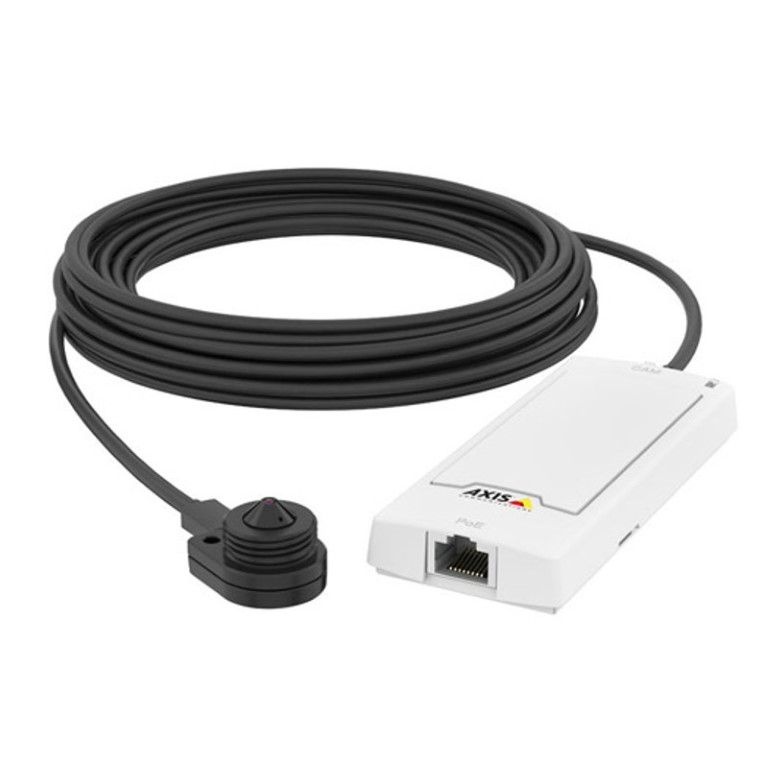
Worlds apart in capability, power, and cost, but if you want something to conceal in a drainpipe (as in the image below from Zebra Mounts), this is the sensor that fits the bill.

Low light and thermal imaging sensors have obvious utility.

Software defined radio systems embedded as UGS could passively receive RF signals.
These could be HF/VHF/UHF radios, 4G/5G, Bluetooth, conduct man in the middle attacks to eavesdrop, and collect other forms of RF energy from increasingly common emitters.
This example, from Waveshare, makes use of a Raspberry Pi single board computer.
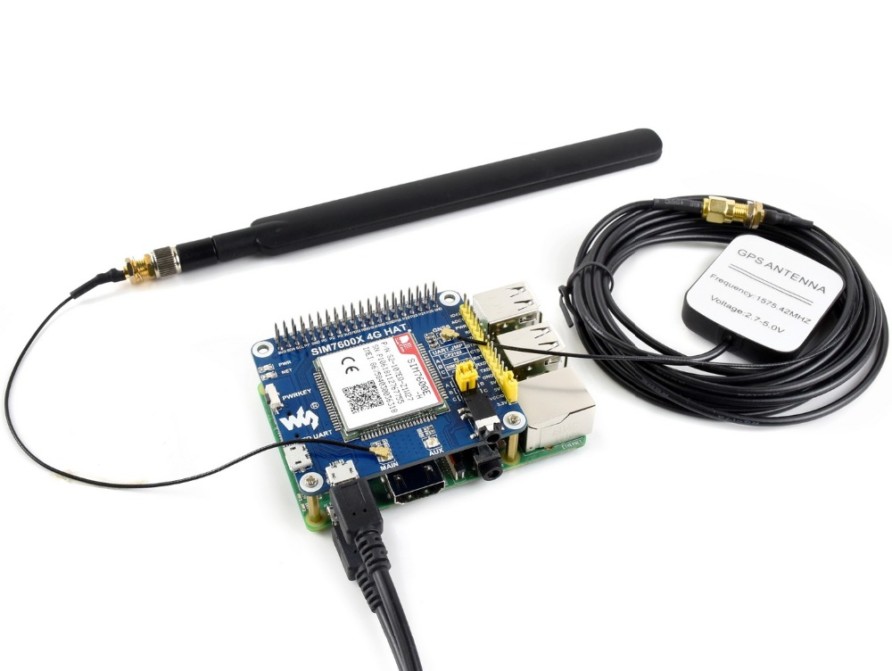
They would just sit and, mostly, hoover up signals.
Acoustic rounds out the sensor list, and more useful than many might think.
Ukraine has recently deployed a networked mesh of acoustic sensors on mobile telephones to create a very effective early warning system of drone attack, called Sky Fortress, with an earlier system called Zvook.
Read more about this fantastic innovate HERE
Acoustic shot/sniper and artillery detection is also a well-established capability, although less so as an unattended system.
Power
Onboard computing and data transmission require power, seems obvious to say, but we all know the dread of your mobile phone running out.
Sensors must be able to operate over extended periods.
Mains power will be reliable, up to a point, and could in some situations be considered the primary source until it is no longer available, at which point portable power takes over.
Exploiting mains power could literally be as simple as plugging a device in, assuming there is one, or it could require more advanced techniques such as parasitic power or electrical engineering work to, basically, steal someone else’s power.

Unless the sensor can be plugged into a reliable source of mains power (and this is not necessarily an outlandish concept), they will need portable power.
Portable power means a generator, or a battery, or a combination of the two.
Generators of power can be as imagined, but also solar panels, fuel cells, or other renewables.
The image below shows a deployable camera with fuel cell, obvious, of course, but you will be able to see the potential if the power source was concealed.

Power can be offboard from the sensor, or integral to it.
Fuel cells address the noise and emissions problems of traditional generators, but they are expensive.
Power management software is integral to smartphone operating systems, the market has driven considerable advances here, but squeezing the other end, is the increasing demands of sensors and displays.
Cueing a temporary high-power sensor from a low-power persistent sensor is another proven technique.
Many integrated UGS solutions use low power ‘always on’ seismic sensors to ‘trigger’ a video camera.
The video camera takes a snapshot, and after a period, goes back into sleep mode, preserving battery life.
Operating a sensor on a timer can eke out battery life, instead of always on, it can be set to wake up every x minutes.
Reducing video transmission rates, using compression software and other techniques all contribute to power reduction.
Before reading on, would you mind if I brought this to your attention?
Think Defence is a hobby, a serious hobby, but a hobby nonetheless.
I want to avoid charging for content, but hosting fees, software subscriptions and other services add up, so to help me keep the show on the road, I ask that you support the site in any way you can. It is hugely appreciated.
Advertising
You might see Google adverts depending on where you are on the site, please click one if it interests you. I know they can be annoying, but they are the one thing that returns the most.
Make a Donation
Donations can be made at a third-party site called Ko_fi.

Think Defence Merch
Everything from a Brimstone sticker to a Bailey Bridge duvet cover, pop over to the Think Defence Merchandise Store at Red Bubble.
Some might be marked as ‘mature content’ because it is a firearm!
Affiliate Links
Amazon and the occasional product link might appear in the content, you know the drill, I get a small cut if you go on to make a purchase
Transmission Networks
How can a UGS get their data to the user?
Individual devices could use long-range radio or satellite, the sensor transmitting directly to the user.
Using mobile networks such as 4G and 5G allows the sensor to reduce power and blend in, but it then becomes reliant on that mobile network being available, not always a safe assumption.
Internet of Things (IOT) SIMs are quite common now, and cheap.

More commonly, multiple sensors use a short range and low-power local network protocol to communicate with a hub, and that hub handles the backhaul to the user. These low-power networks can include protocols such as Bluetooth, Zigbee, or proprietary systems.
In the example below, the gateway node (or hub) handles backhaul to the control user via a GSM link, and relies on local low power radio links to each sensor

Mesh networking is arguably a more recent development, military and civilian versions are available, some open source, some closed, and some now in service.
There are also some lesser known radio transmission standards that used free space in digital TV frequencies that can be used, although one might argue that these would be too distinctive and vulnerable to detection.
Replacing a short range radio link with USB-C PD or Power over Ethernet (PoE) cables not only reduces emissions, but can provide very high bandwidth, and remote power.
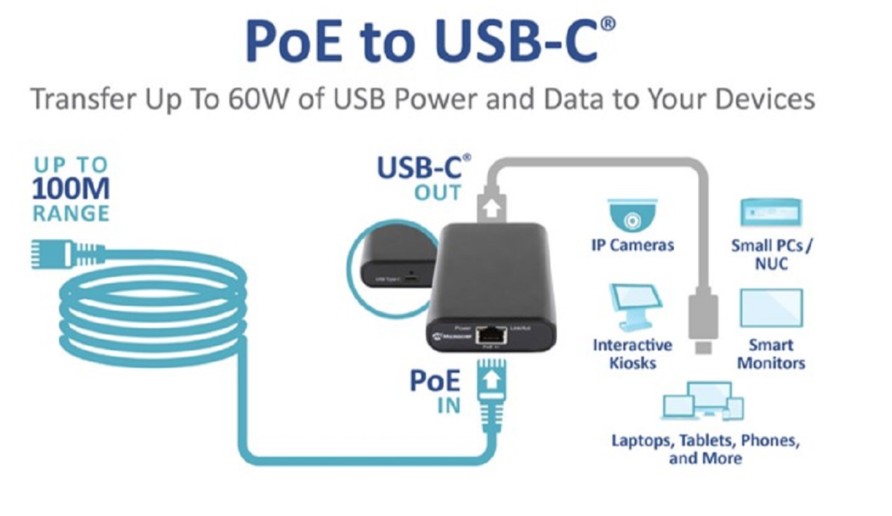
For rapid setup, surface laying cables with drums would be used.

But if more time was available, cables could be buried by hand or with portable trenching/ploughing machines.
The video below shows a Ditch Witch machine, and in the right terrain, the cable would be almost invisible and extremely difficult to detect without specialist equipment.
Larger cable ploughs are also available, including attachments for conventional backhoe loaders.
Or hidden in plain view.
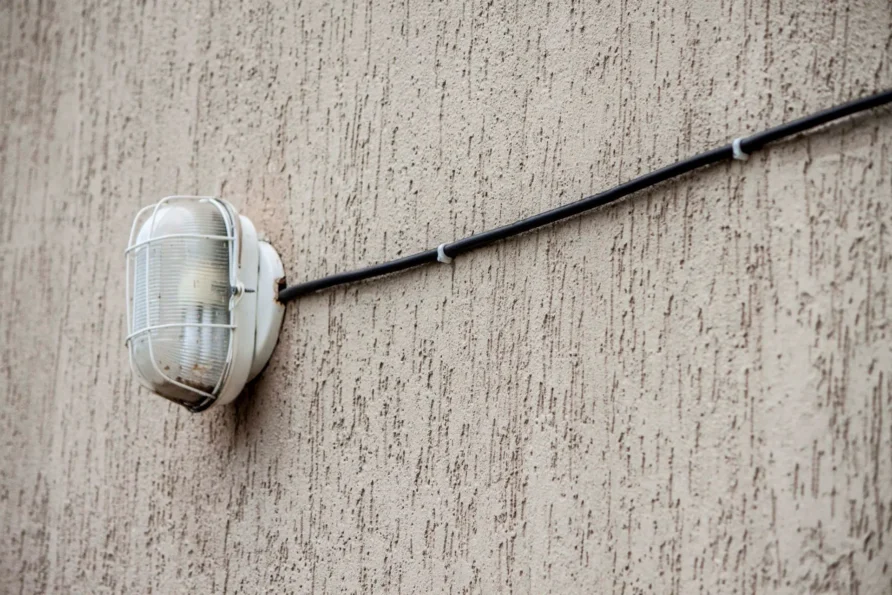
Fibre optic cables can increase the distance and bandwidth significantly, but local power will be needed.
Buried fibre optic cables can also be used as a movement sensor.
Cables could connect multiple sensors to a hub, and again, the hub provides processing and onward transmission using longer range links (fixed or wireless)
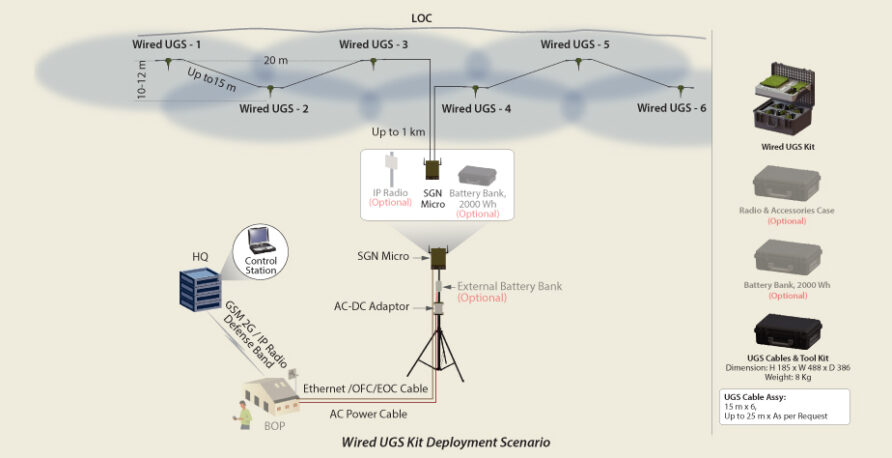
The downside to using wired sensors is if they are discovered, tracing them back to a hub is simple.
Backhaul can make use of fixed, satellite, 4G/5G, or long-range HF.
Some remote sensors utilise lower bandwidth network systems like the Iridium EMSS, straight off the sensor, with no need for a hub, the McQ Ranger seismic and acoustic sensor below, for example.

Another good backhaul or transmission network is the WiBack protocol from the Fraunhofer Institute for Applied Technology (FIT). Beyond the scope of this post but, it is a low-cost and robust MPLS network protocol that makes use of the 2.4Ghz frequency, which is ubiquitous.
And even if we wanted to connect these systems to existing tactical radio systems, solutions exist, like the Scytale (beyond line of sight) or Flipper, from Comcrete, the latter having a discrete antenna.

Monitoring and Processing
One of the most compelling arguments for UGS systems is their ability to process multiple data types and correlate them with other static and dynamic data sources.
Some of this processing can be carried out locally (where it would likely increase power demand) or remotely (where raw data would need more bandwidth and time spent transmitting)
A scenario could include a seismic and acoustic sensor recognising the signature of multiple tracked vehicles at a road junction.
They cue an optical sensor further up the road to provide visual confirmation, the feed from the optical sensor is then further analysed using Automatic Number Plate Recognition (ANPR), and AI shape recognition.
Further collection from an RF sensor confirms twelve mobile telephones in the immediate area, three of which can be matched with a database of devices and SIMs, revealing the names of two Russian Army individuals.
Using rapid analysis tools, they are discovered on social media.
Social media analysis shows they are senior officers in the 25th Motor Rifle Division, likely part of a HQ group.
GMLRS and Brimstone are then on their way in a few minutes.
The same sensors provide confirmation of damage, with retargeting if needed.
One could envisage monitoring would be a HQ function, with the Royal Signals, Intelligence Corps and Royal Artillery providing expertise and personnel.
Local monitoring could also be carried by special observers, in concealed hides (shades of Mexe Shelter).
Thoughts on Network and Power Availability
The Russian invasion of Ukraine provides valuable insight into how mobile and fixed network operators might react, and how belligerents could exploit those reactions.
It is not a given that any NATO nation would react in the same manner, though, we should be careful about learning the wrong lessons from Ukraine.
Because mobile networks can be useful to both sides, there may be a reluctance to destroy or deny them. This dynamic has played out in Ukraine, although it has changed over time.
There is also an element of hiding in the noise, if attacking forces destroy Radio Access Network (RAN) sites, monitoring will show exactly where they are.
Destroying a mobile base station is like sending up a firework
They may be available, they may be not, work on that assumption, I think.
Unattended Ground Sensors (UGS) Physical Packaging and Placement
Physical Placement and Packaging are some of the most interesting aspects of UGS.
We should consider this in four dimensions, location, elevation, and time.
Location is the easiest to visualise, points on a map.
Elevation is more challenging, especially the higher you go. The top of a tree is difficult to put a sensor in, but also consider rooftops, outdoor signage, agricultural storage buildings, apartments, traffic signals, telecommunication masts, and TV transmitters.
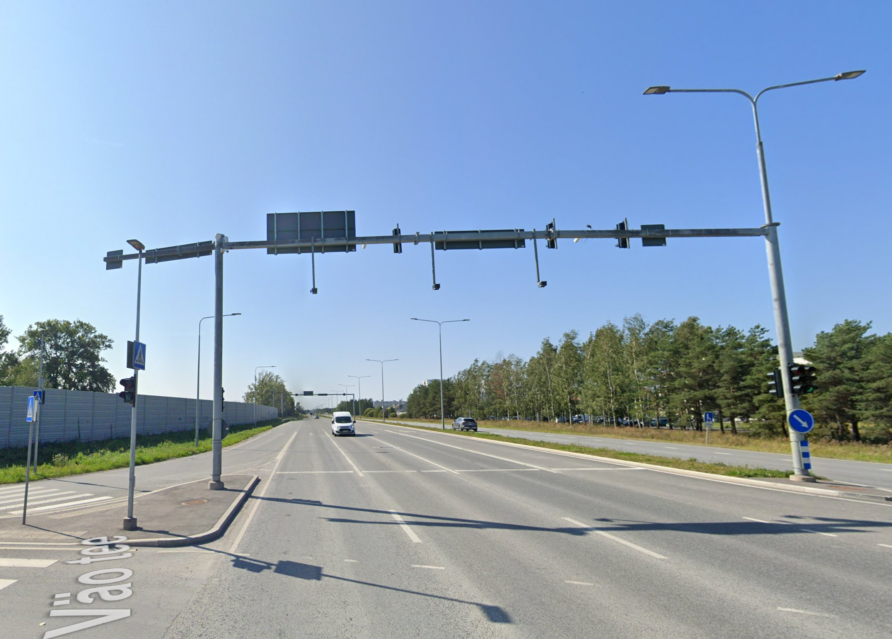
Gaining access to these locations could be via ropes and ladders, or if a more comprehensive capability were developed, we could invest in some of these.
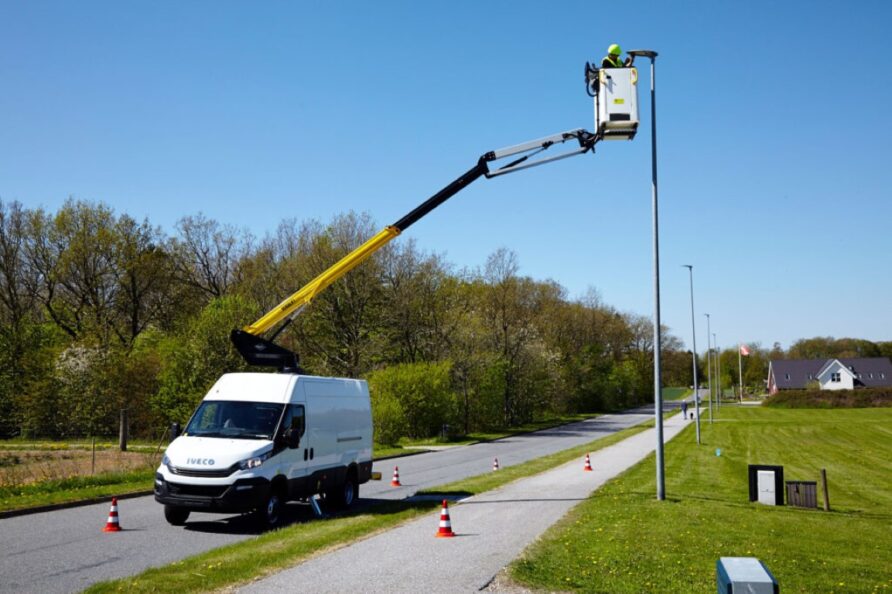
Or even these!

Joking aside, rapid sensor emplacement is actually a good use case for these, especially for building rooftops or where speed of emplacement is critical.
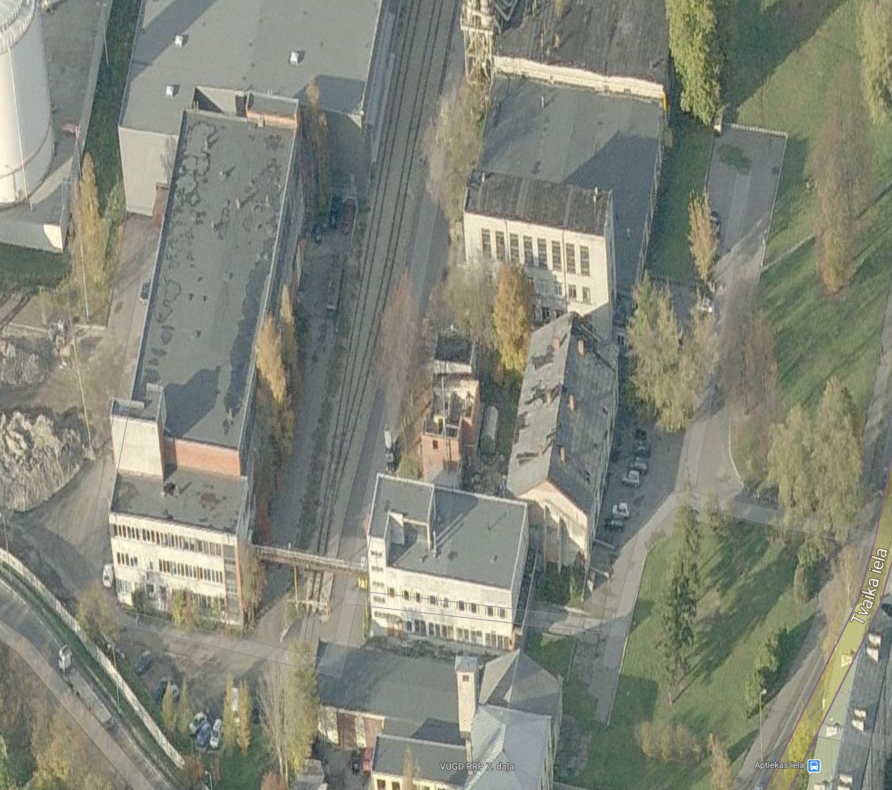
Although I might be in a minority thinking that.
Some of these were once delivered by airdrop and even cargo shells, but concealment with these methods might be a challenge. Cargo drones offer an alternative, but again, concealment might be an issue.
Time can be used to preserve battery power, or reduce detection risk.
A sensor could be placed and timed not to come on for a week or a month. Do this in multiples and one could create a constantly rotating coverage pattern, considering detection likelihood, and matched to expected operational phases.
One could be quite cunning with this, especially using decoys and dummy emitters.
Packaging will depend on the type of sensor, some will be much easier to conceal than others.
One approach might be to employ specialist concealment packages, like those from the Polaris Systems Rajuga product range.

These are designed to avoid detection by thermal imaging cameras, and are very effective.
Some can be buried, with only an antenna visible.

Hiding in plain sight is another option, the pinhole camera in the drain pipe above one example, or using common street furniture is another.
The example below is a surveillance camera designed to look like a pole top transformer.
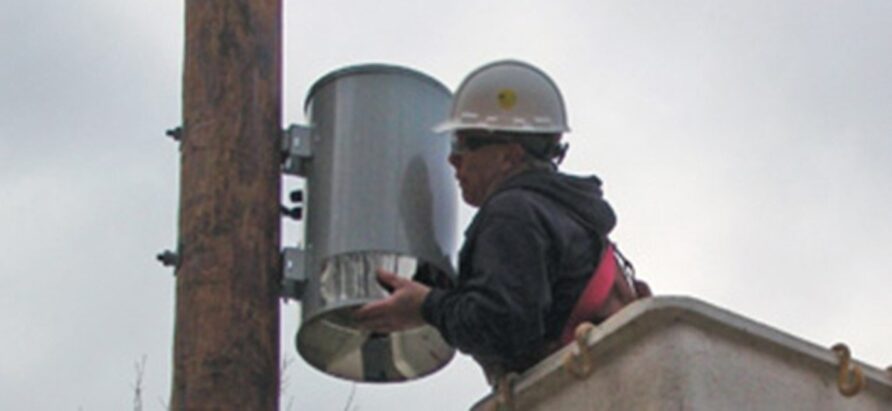
Zebra Mount manufactures all manner of housings for the Axis modular camera range
Hard to believe, but there is a camera in this marker post, from IC2 Distribution
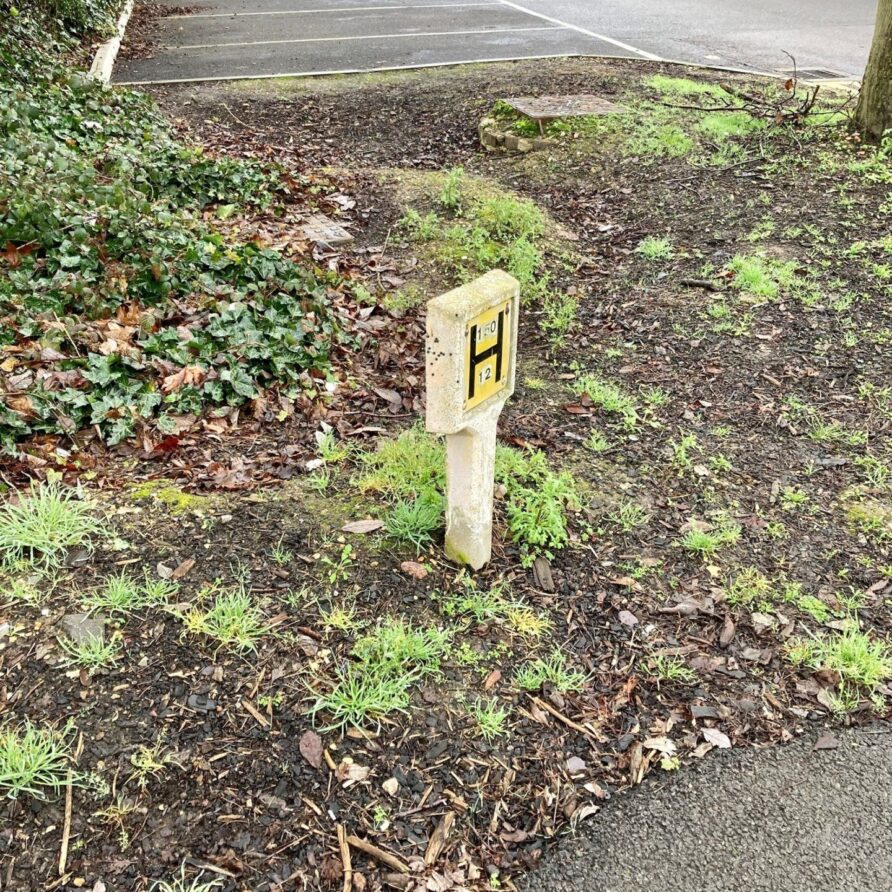
Rubble and abandoned vehicles could also be used to conceal sensors.
Examples
Military UGS
As mentioned above, military UGS have a long track record, from air dropped seismic sensors in Vietnam, to the British Army hedge cam in Northern Ireland.

During the ‘Global War on Terror’ period, UGS were used as well, and these even developed to fairly comprehensive families of devices,
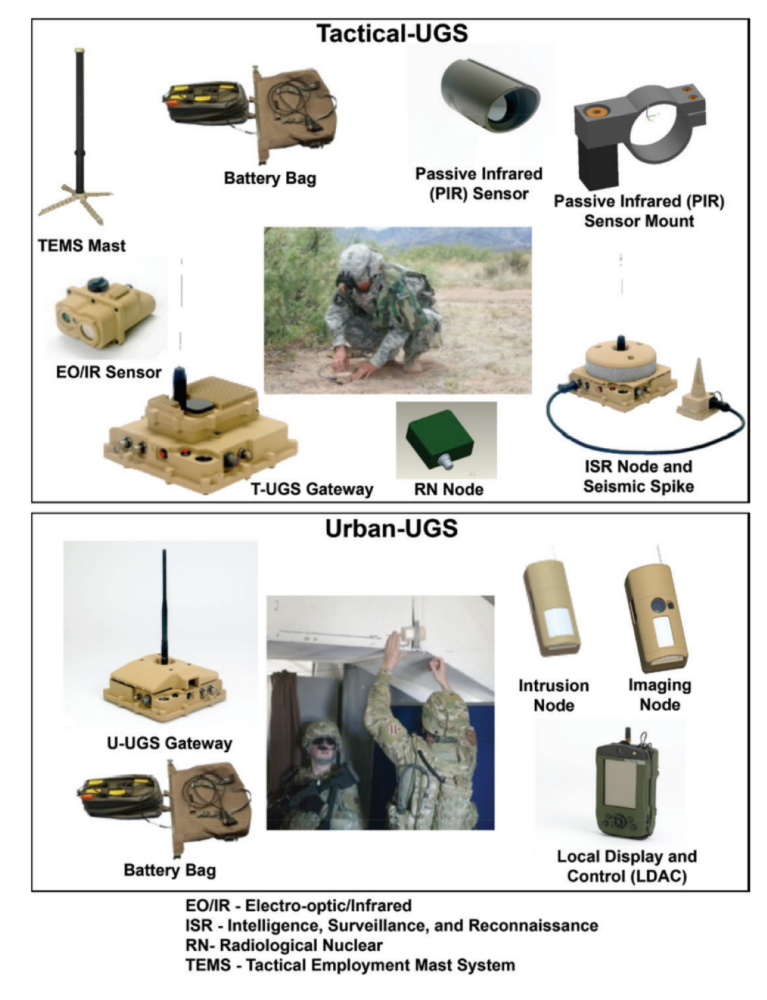
Israel also developed and deployed various UGS, the Seraphim as an example below.
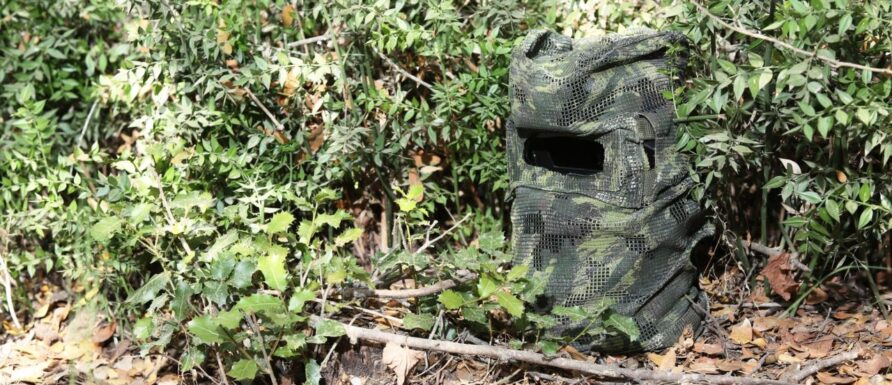
More modern systems are available from (as examples)
- Defendec
- Exensor
- BSS Holland
- Sensoguard
- Innovative Algorithms
- McQ
- Blue Force Developments
- VNL
- Sensor
- MIL Systemika
- Polaris Solutions
- Hanwha
And no doubt many more.
New Zealand has recently purchased some systems from Exensor (images and video below)
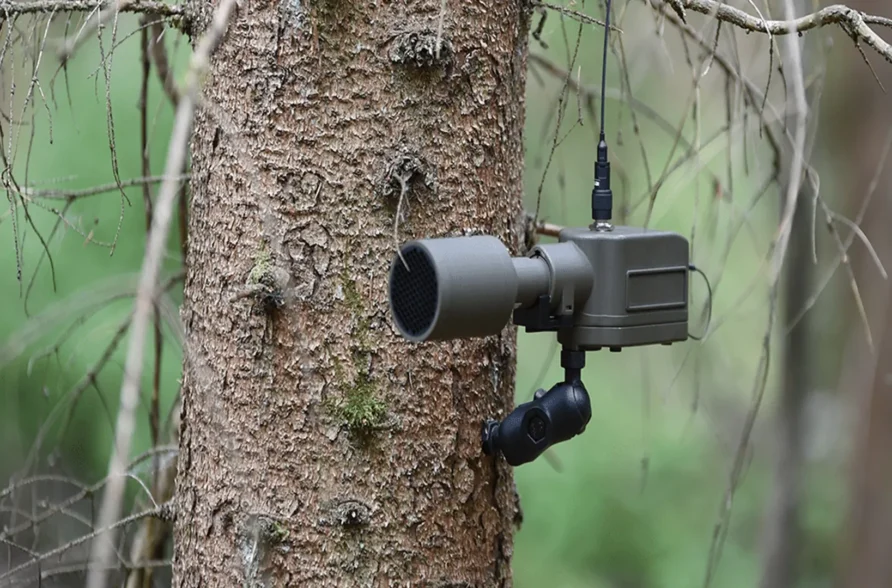
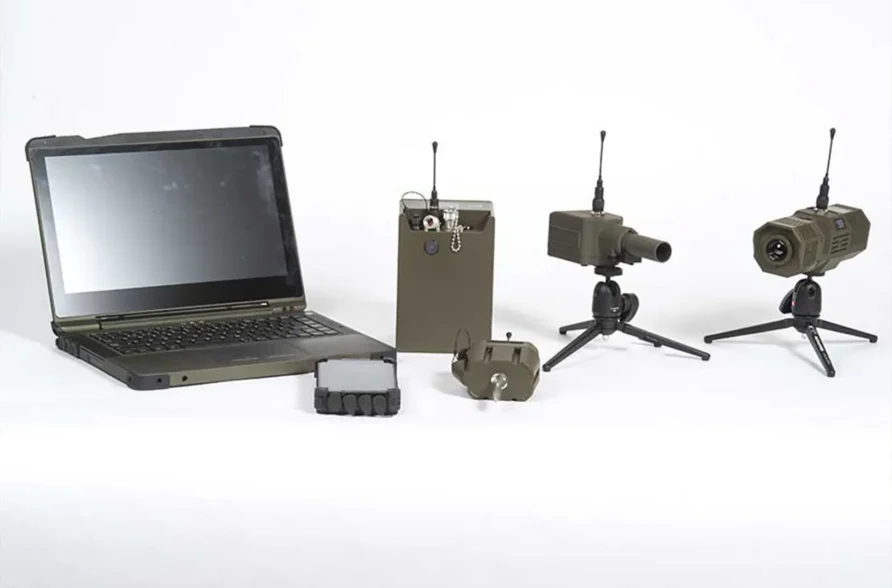
A recent video from the British Army describes how UGS can be used to cue a UAS, all connected.
This video provides a good overview of the Russian Murom ”surveillance complex’
Self-evidently, it is not a covert system, although even when hidden, the Ukrainian forces seem to be able to locate them.
Civilian UGS
Fly tipping, or unlicensed refuse disposal, has stimulated a market response from landowners and local authorities, overt for deterrence, and covert for enforcement.
And, it is here where many low-cost solutions exist from non-defence vendors, mostly using 4G and solar-powered domestic devices in rugged housings.
The domestic and commercial security market is also awash with options, overt and covert, like these from Axis.

As regular readers know, exploiting civilian capabilities is another recurring Think Defence theme.
Summary
Unattended Ground Sensors are not new, certainly not new in a defence context, what is different this time?
First, the ubiquity of mobile telephone, surveillance, and other technologies has massively improved capability, the building blocks are not a niche in defence any longer, but defence can certainly exploit them.
Second, drones/UAS have demonstrated the power of constant surveillance, but countermeasures are also evolving, and lessons from Ukraine may well not apply to future operations.
Third, the British Army is small, and likely getting smaller, to sharpen its lethality edge (sorry about that) it needs all the help it can get to leverage its disadvantage in mass.
So UGS now offers the means to add another layer, on top of UAS, satellite, and other surveillance and targeting systems.
Some final thoughts on the technology
- A UGS is not a sensor, it is a network of things, and those things are built from four components: sensors, communications, power, and processing.
- Each of the components can have significant variety, and we should use them all.
- They can be concealed, or hidden in plain sight (both visual and on the EM spectrum)
- We should not ignore time in their deployment and use, cunning and guile, and just being straight up sneaky must have a time component.
- We should also not ignore the urban environment, not everything has to be green.
- They will be discovered, denied, malfunction, and be destroyed (intentionally or unintentionally), resilience will come from overlapping coverage and duplication.
Instead of seeing them as a tactical system for zonal defence (like in the British Army video above), I think we should raise our ambition.
Building a deployable UGS capability, at large scale, and with specialist personnel and equipment, links in to systems like GMLRS, 155 mm, and Brimstone, it makes us dangerous, it makes us hard as woodpeckers lips, it makes us valuable.
The best thing, it would not even be that expensive.


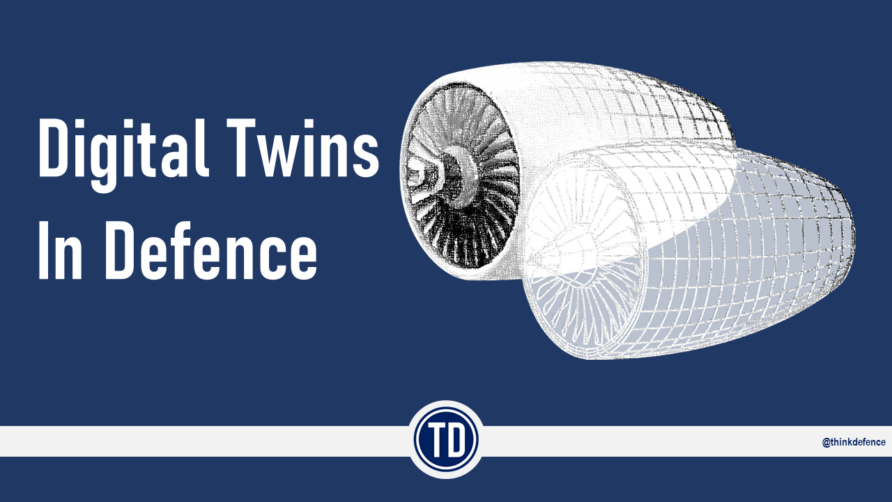
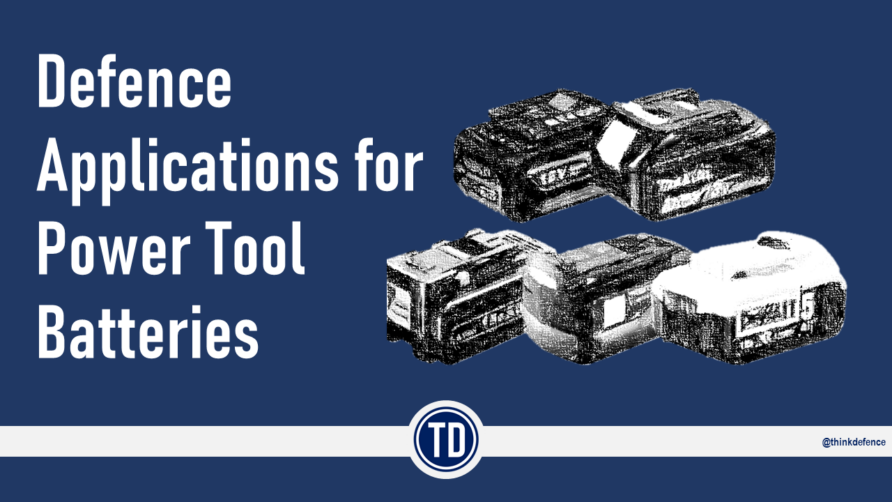
Something that could be delivered by rocket would be useful. Maybe something disguised as litter and communicating by Starlink direct to mobile satellites.